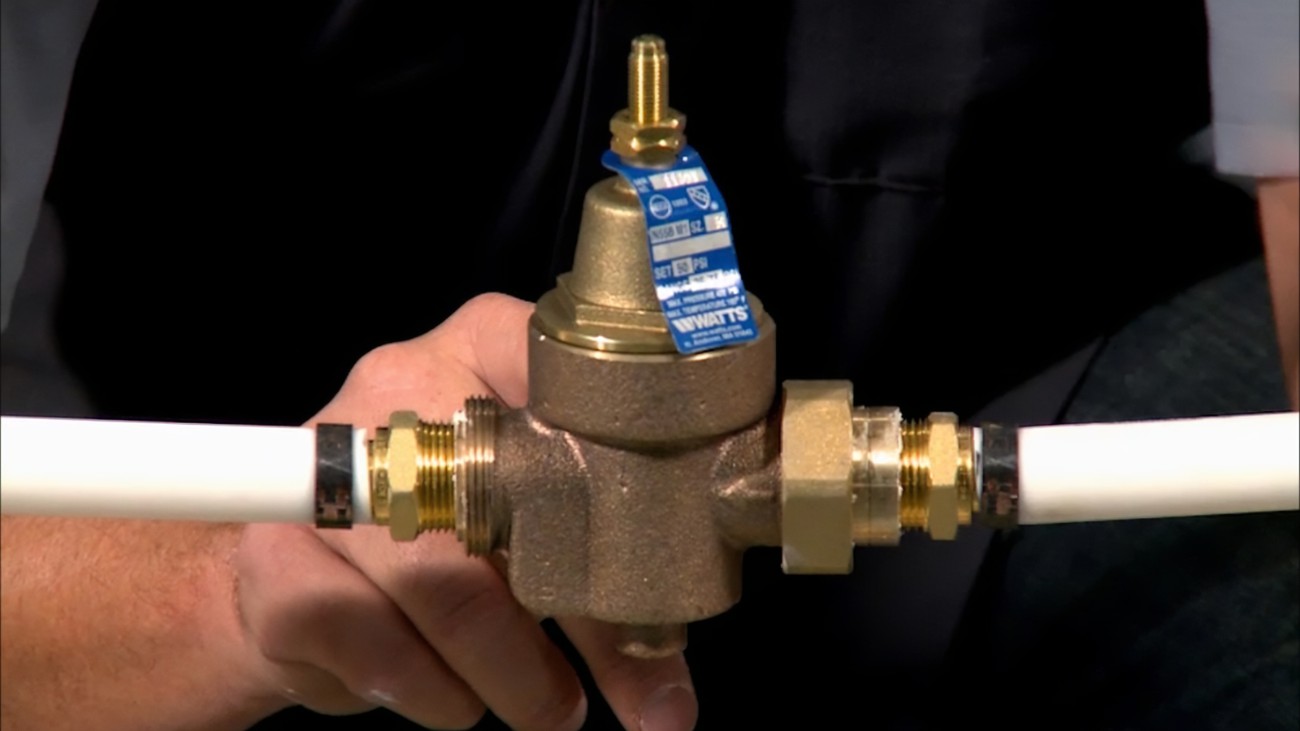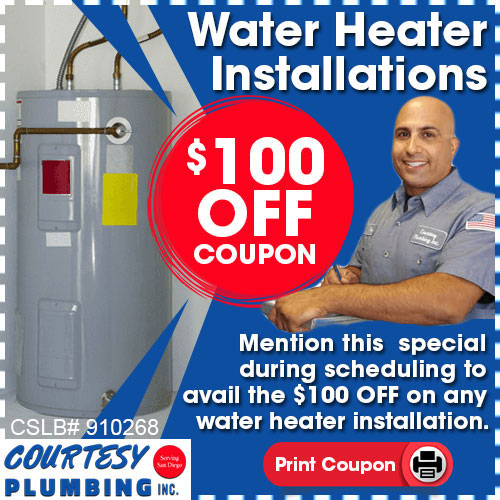5 Tips To Install Water Pressure Regulators In Mira Mesa

Water pressure regulators play a crucial role in maintaining the optimal water pressure throughout your plumbing system. Whether you’re experiencing excessively high water pressure or seeking to prevent potential damage to your fixtures and appliances, installing a water pressure regulator is a smart decision. However, installing one requires careful consideration and execution to ensure effective performance. Here are five tips to guide you through the installation process:
-
Determine the Ideal Location
Before installing a water pressure regulator, identify the most suitable location for it in your plumbing system. Typically, it should be installed close to where the main water line enters your property. This ensures that the regulator can effectively control the pressure before it reaches your household fixtures and appliances. Additionally, ensure that the location is easily accessible for maintenance purposes in the future.
-
Shut Off the Main Water Supply
Before starting the installation process, it’s crucial to shut off the main water supply to your property. This step ensures your safety and prevents any water leaks or damage during the installation. Locate the main shut-off valve, usually found near the water meter, and turn it clockwise until it’s fully closed. Once the water supply is turned off, open faucets in your house to drain any remaining water from the pipes.
-
Install the Regulator
With the main water supply turned off, you can proceed to install the water pressure regulator. Follow the manufacturer’s instructions carefully, as installation steps may vary depending on the type and model of the regulator you’re using. Typically, this involves cutting into the main water line and fitting the regulator in place using appropriate fittings and connectors. Ensure all connections are secure to prevent leaks.
-
Adjust the Pressure Setting
Once the regulator is installed, it’s essential to adjust the pressure setting according to your specific needs. Most regulators allow you to adjust the pressure by turning a screw or knob located on the device. Refer to the manufacturer’s guidelines or consult a professional plumber to determine the optimal pressure level for your plumbing system. Adjust the pressure gradually, testing the water flow at various fixtures to ensure it’s consistent and within the desired range.
-
Test for Leaks and Functionality
After adjusting the pressure setting, it’s crucial to test the regulator for any leaks or malfunctions. Turn the main water supply back on and observe the regulator and surrounding connections for any signs of leakage. Additionally, check the water pressure at different fixtures to ensure it remains stable and within the desired range. If you notice any issues, such as leaks or inconsistent pressure, address them promptly to prevent further damage to your plumbing system.
FAQs
How Do I Know If I Need A Water Pressure Regulator?
Excessively high water pressure can cause damage to your plumbing fixtures, appliances, and pipes over time. Signs that you may need a water pressure regulator include frequent leaks, burst pipes, noisy pipes, and inconsistent water pressure.
Can I Install A Water Pressure Regulator Myself, Or Should I Hire A Professional?
While installing a water pressure regulator is possible for experienced DIYers, it’s recommended to hire a professional plumber for this task, especially if you’re not familiar with plumbing systems. A plumber can ensure proper installation and help you determine the optimal pressure setting for your specific needs.
What Maintenance Is Required For Water Pressure Regulators?
Regular maintenance is essential to ensure the proper functioning of water pressure regulators. This includes checking for leaks, adjusting the pressure setting as needed, and cleaning or replacing the regulator’s components if they become worn or damaged over time.
Installing a water pressure regulator is a smart investment to protect your plumbing system from damage caused by excessively high water pressure. By following these five tips and consulting a professional plumber if needed, you can ensure a successful installation and maintain optimal water pressure throughout your home. Regular maintenance and monitoring will further ensure the longevity and effectiveness of your water pressure regulator, providing peace of mind for years to come.
Conclusion
Contact us today at (858) 567-0544, and Courtesy Plumbing will get you!


Leave a Reply
You must be logged in to post a comment.